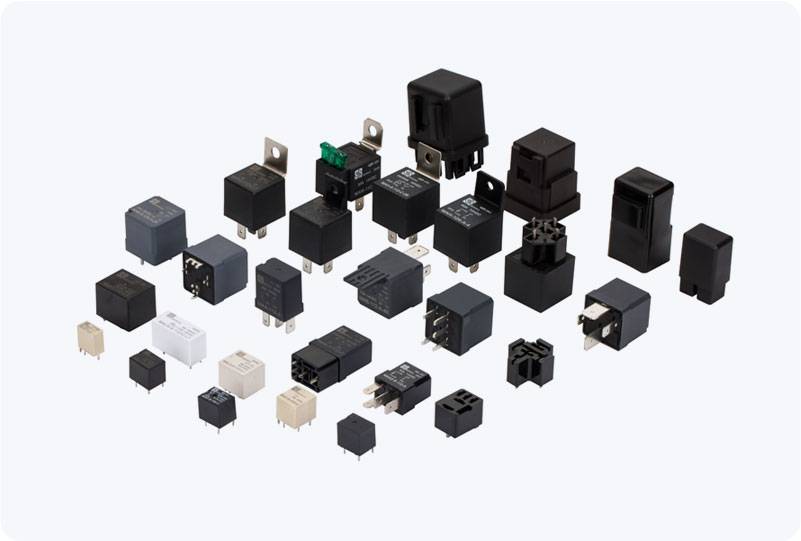understanding pcb electromagnetic relays: functionality, applications, and design considerations
Release time:2025-07-20 03:31:16
PCB (Printed Circuit Board) electromagnetic relays are critical components in modern electronic systems, enabling control of high-power circuits using low-power signals. These relays are widely used across various industries, from home appliances to industrial automation, owing to their reliability and versatility. This article explores the functionality, applications, and key design considerations associated with PCB electromagnetic relays.

Functionality of PCB Electromagnetic Relays
A PCB electromagnetic relay operates on the principle of electromagnetism. The core components of a relay include a coil (electromagnet), an armature (a movable iron lever), a spring, and contact points. When a small current flows through the coil, it generates a magnetic field, which attracts the armature, causing the contacts to change state—either opening or closing. This mechanism allows the relay to control the flow of current to other parts of the circuit without directly connecting the control circuit to the load circuit.
The contact configuration of a PCB electromagnetic relay typically includes one or more sets of normally open (NO) and normally closed (NC) contacts. These contacts determine the relay's behavior when the coil is energized or de-energized. When the coil is energized, NO contacts close, and NC contacts open, allowing current to flow through the load circuit. When the coil is de-energized, the contacts revert to their default state.

